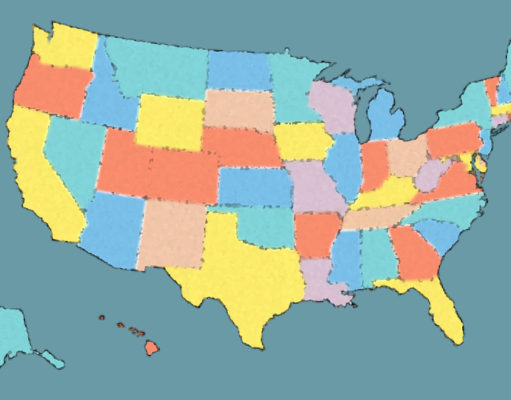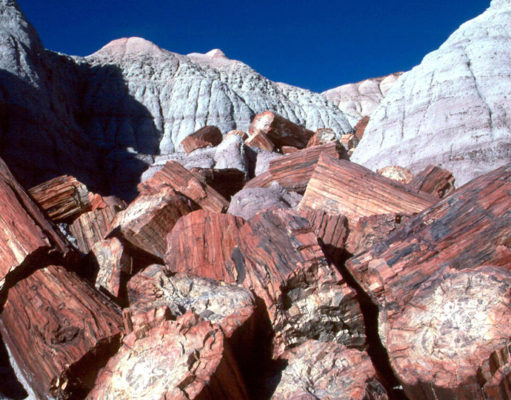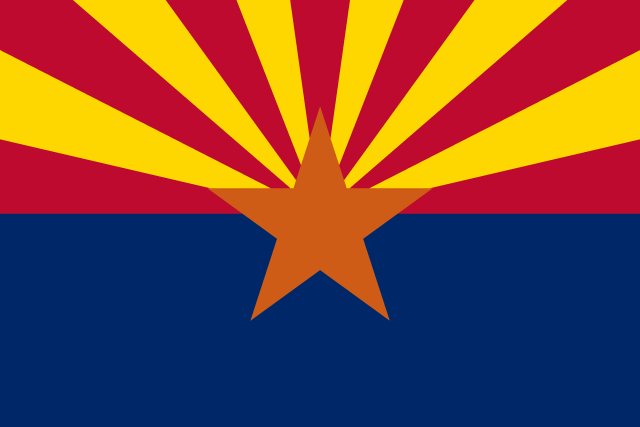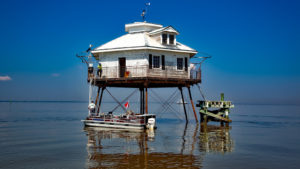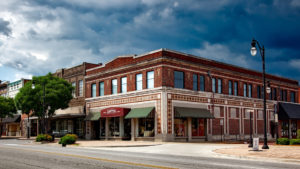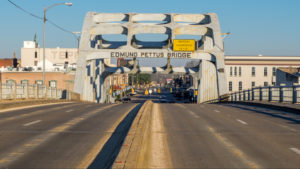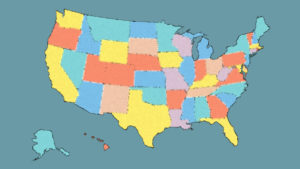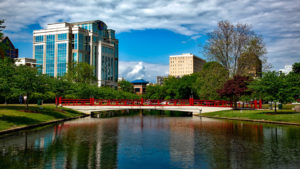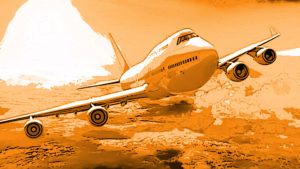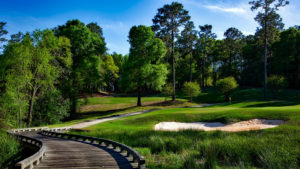Arizona’s history dates back thousands of years, with evidence of human habitation as early as 13,000 years ago.
Pre-Columbian History
The region was home to several complex and long-lived pre-columbian cultures, including the Hohokam, Mogollon, Sinagua, and Ancestral Puebloans. These cultures flourished for centuries, developing advanced agricultural practices, intricate pottery, and impressive architectural structures. The Hohokam, for example, are known for their extensive canal systems used for irrigation, remains of which are preserved in the Pueblo Grande Museum and Archeological Park. The Ancestral Puebloans, also known as the Anasazi, built remarkable cliff dwellings and multi-story stone structures in the Four Corners region. These pre-Columbian civilizations left a lasting legacy on the region, with many of their ruins and artifacts still visible today.
Spanish Era
The Spanish period in Arizona began in 1539 when Fray Marcos de Niza, a Franciscan priest, entered the region in search of the legendary Seven Cities of Cibola4. Spanish explorers, including Francisco Vázquez de Coronado, continued to explore the area in the 16th century. In the late 17th century, Jesuit missionary Father Eusebio Francisco Kino established missions in the Pimería Alta region, aiming to convert the native populations to Christianity4. The Spanish also built several presidios (forts) to protect their settlements from native attacks. Despite these efforts, the Spanish presence in Arizona remained limited, and many missions were abandoned due to conflicts with indigenous tribes4. The Spanish era in Arizona ended in 1821 when Mexico gained independence from Spain, and the region became part of the Mexican territory.
American History
Arizona became part of the United States following the Mexican-American War and the signing of the Treaty of Guadalupe Hidalgo in 1848. The Gadsden Purchase in 1854 further expanded U.S. territory to include the southern part of Arizona. Initially part of the New Mexico Territory, Arizona was established as a separate territory in 1863.
The arrival of the railroad in the 1880s spurred economic growth and settlement in the region. Arizona achieved statehood on February 14, 1912, becoming the 48th state of the United States. Throughout the 20th century, Arizona experienced significant population growth and urbanization, driven by its warm climate and economic opportunities. Today, Arizona is known for its diverse cultural heritage, stunning natural landscapes, and vibrant cities.
Arizona Historical Timeline
Circa 10,000 BCE: Paleo-Indians settle in what is now Arizona.
Circa 1 CE: The Hohokam, Mogollon, and Ancestral Puebloans become the dominant groups in the area.
1150: Oraibi, a Hopi Indian village, is founded and becomes the oldest continuously inhabited settlement in the United States.
1539: Fray Marcos de Niza, a Franciscan priest, enters Arizona in search of the Seven Cities of Cibola.
1540-1542: Francisco Vázquez de Coronado explores Arizona and claims the land for Spain.
1691: Jesuit missionary Father Eusebio Francisco Kino establishes missions in the Pimería Alta region.
1751: The Pima Revolt occurs, resulting in the deaths of over 100 settlers and the abandonment of several missions.
1775: Presidio San Agustín del Tucsón is built in what is now Tucson, Arizona.
1821: Mexico gains independence from Spain, and Arizona becomes part of the Mexican territory.
1848: The Treaty of Guadalupe Hidalgo is signed, and Arizona becomes part of the United States.
1854: The Gadsden Purchase further expands U.S. territory to include the southern part of Arizona.
1863: Arizona is established as a separate territory from New Mexico.
1864: The U.S. Army forces the Navajo to leave their homeland in the “Long Walk” to Bosque Redondo Reservation.
1880: The arrival of the railroad spurs economic growth and settlement in Arizona.
1912: Arizona achieves statehood on February 14, becoming the 48th state of the United States.
1920s: The copper mining industry booms, becoming Arizona’s premier industry until the 1950s.
1945: Post-World War II, Arizona experiences significant population growth due to the widespread availability of refrigeration and air conditioning.
1960s: The Civil Rights Movement leads to increased political and social activism among Arizona’s Native American tribes.
1980s: Arizona’s economy diversifies, with growth in technology, tourism, and real estate industries.
2020s: Arizona continues to grow and develop, with a focus on sustainable energy and preserving its natural landscapes.

